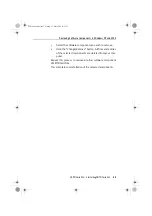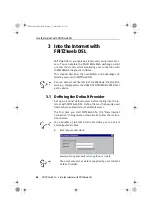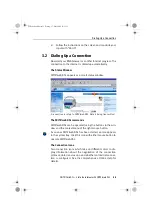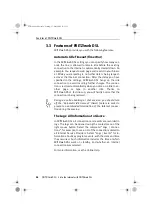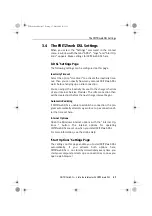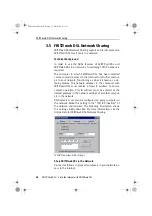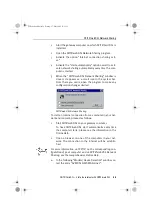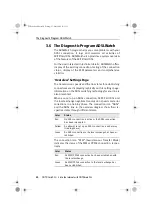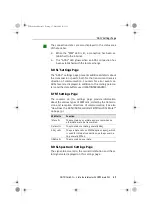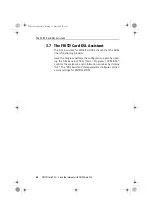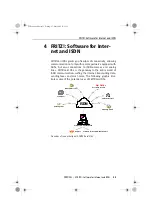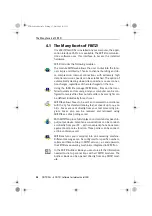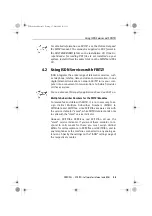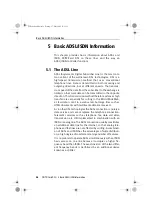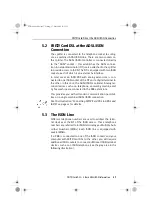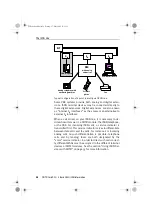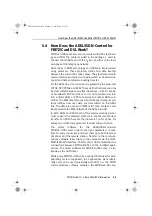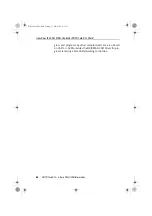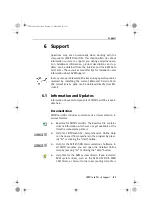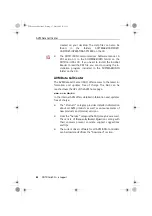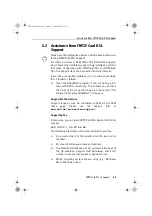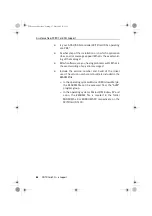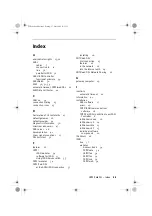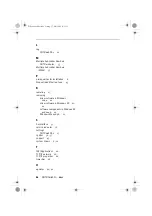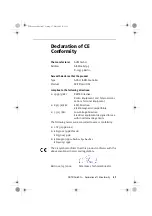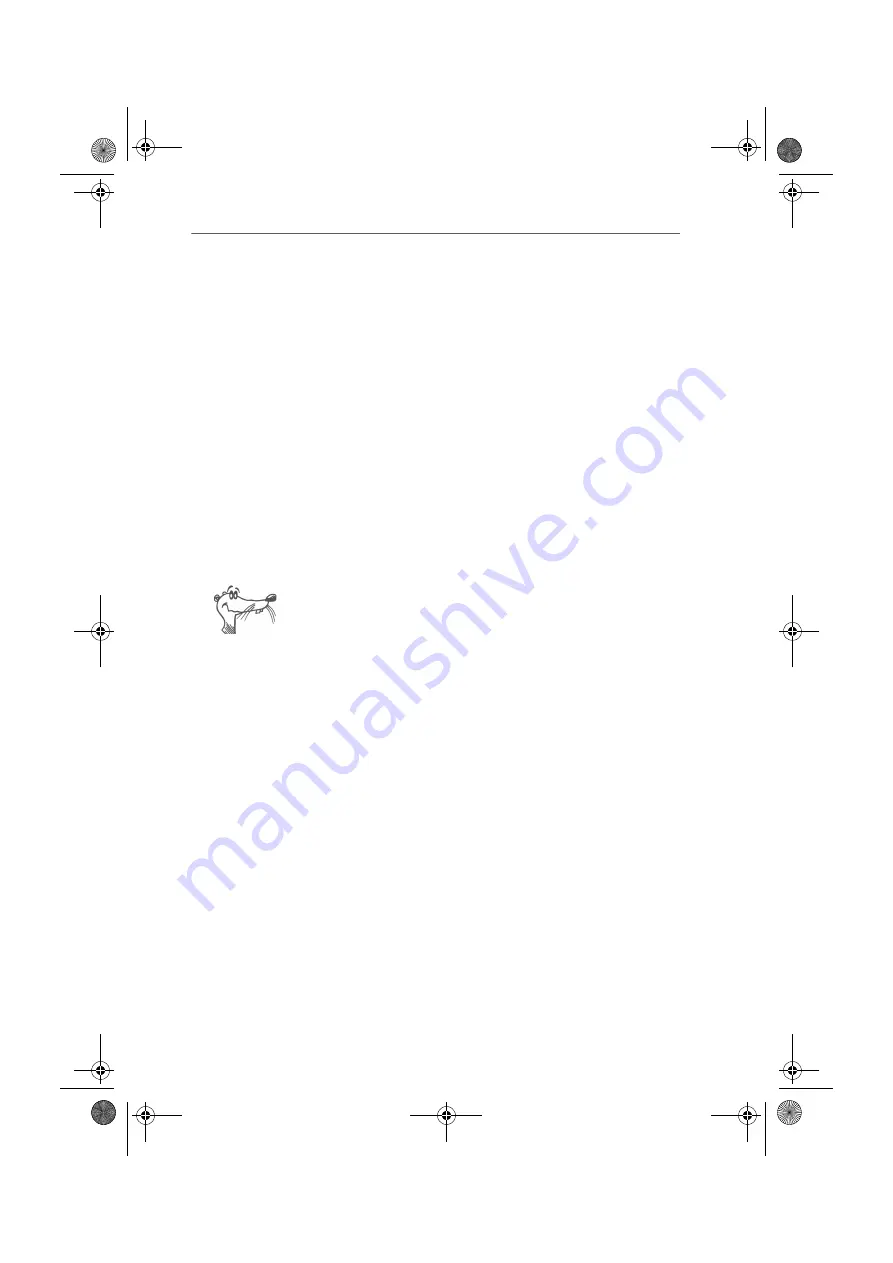
FRITZ!Card DSL at the ADSL/ISDN Connection
FRITZ!Card DSL – 5 Basic ADSL/ISDN Information
37
5.2 FRITZ!Card DSL at the ADSL/ISDN
Connection
The splitter is connected to the telephone socket to config-
ure a combined ADSL/ISDN line. There are two sockets on
the splitter: The ADSL/ISDN-Controller is connected directly
to the “ADSL” socket – this establishes the ADSL connec-
tion. A network terminator (NT) is also attached to the splitter
to provide access to ISDN. The NT is equipped with two ISDN
sockets, each of which is an external S
0
interface.
In most cases an ISDN PBX with analog extensions is con-
nected to one ISDN socket of the NT and a digital terminal to
the other: in this case, the ADSL/ISDN-Controller. Analog ter-
minal devices such as a telephone, answering machine and
G3 fax machine are connected to the PBX extensions.
This provides you with all modern communication possibili-
ties on a single combined ADSL/ISDN connection.
See the illustration “Connecting FRITZ!Card DSL to ADSL and
ISDN” on page 11 for details.
5.3 The ISDN Line
Different telephone numbers are used to address the termi-
nal devices at the NT of the ISDN access. These telephone
numbers are referred to in ISDN terminology as Multiple Sub-
scriber Numbers (MSNs). Each ISDN line is equipped with
several MSNs.
If a PBX is connected to one of the ISDN sockets and your
computer with FRITZ!Card DSL to the other, you will require
additional ISDN sockets to connect additional ISDN terminal
devices such as an ISDN telephone (see the gray area in the
following illustration).
FCdsl-e.book Seite 37 Freitag, 17. Mai 2002 11:55 11

